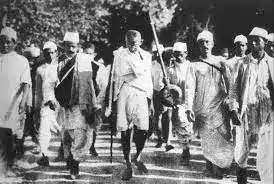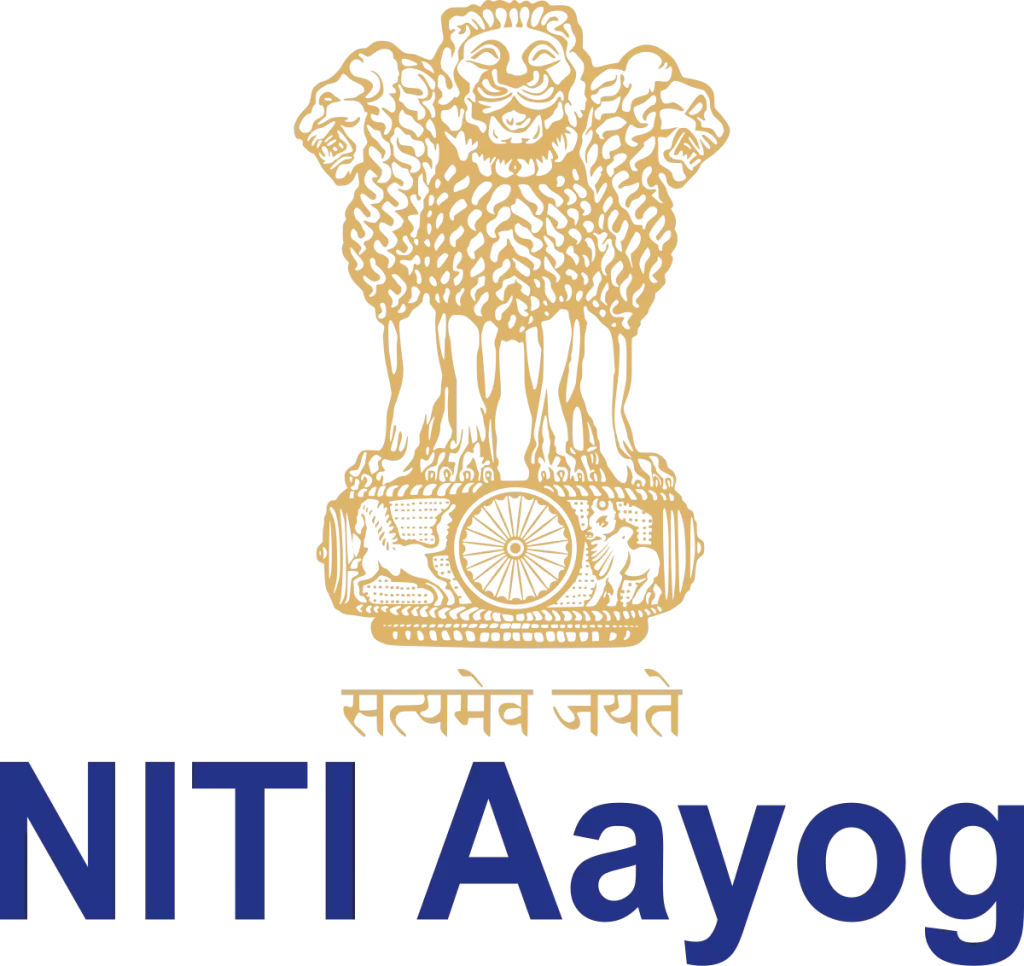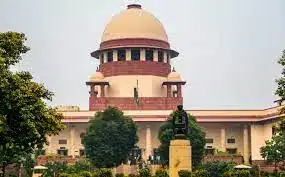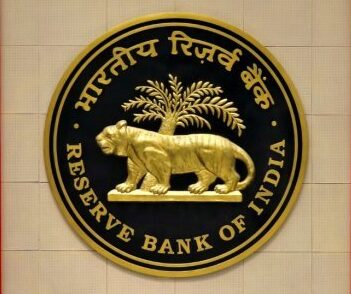Differences between the Non-cooperation movement and Civil Disobedience Movement
Major difference between Non-cooperation movement and Civil Disobedience Movement are tabulated below :
| Non-cooperation | Civil-Disobedience |
| It was launched on September 5th, 1920. | It Started on 6th April 1930 at Dandi. |
| Goal of NCM was Swaraj or Self rule by demanding dominion status. | Goal moved further from Swaraj to Complete Independence. |
| The main aim was to bring the working of the government to a standstill by not cooperating with the administration. | The main aim was to paralyse the government of India actively by breaking some specific rules and regulations. |
| There was large scale participation of Muslim working class in the Non-Cooperation movement. | The Civil-Disobedience movement saw less participation from the Muslim community due to the policy of divide and rule by the British and the communal propaganda of the Muslim League and the Hindu Mahasabha. |
| Women participation was less. | Marked the presence of women. |
| The non-cooperation movement was geographically confined to certain parts of India | The civil disobedience movement saw widespread geographical coverage and mass participation in comparison to the non-cooperation movement |
| The movement was called off in 1922 due to the Chauri-Chaura incident (Occurred on Feb 5th, 1922) | Longer duration-two phases. First phase was withdrawn after the signing of the Gandhi-Irwin pact |
About Non-Cooperation Movement
The Jallianwala Bagh Massacre of 13 April 1919 and the Rowlatt Act of March 1919 was a blunder on the British Government. As a result, the Indian National Congress decided to withdraw its support for the British reforms. Thus, the Non-Cooperation Movement was launched by Mahatma Gandhi on 5 September 1920. The movement aimed to attain purna swaraj or complete freedom.
This movement was based on the ideology of truth and non-violence. Through this movement, Mahatma Gandhi persuaded the citizens of India not to cooperate the British Government in administering their functions, which may include restraining from the continuance of the jobs given by British Government, going to educational institutions established by British Government, stopping labour that supported British economy, boycotting British goods and using swadeshi products.
This led to the first arrest of Jawaharlal Nehru and his father, Motilal Nehru. It was called off after the Chauri Chaura incident in February 1922, where Gandhiji found people reported violence.
| Personalities Associated with Non-Cooperation Movement | Role in the Non-Cooperation Movement |
| Mahatma Gandhi | The main force behind the movementAnnounced a manifesto in 1920 |
| C.R. Das | Moved the main resolution on non-cooperation in the annual session of the Congress in Nagpur in 1920His three subordinates and supporters, Birendranath Samsal in Midnapore, J.M. Sengupta in Chittagong and Subhash Bose in Calcutta played a major role in uniting the Hindus and Muslims |
| Jawaharlal Nehru | Encouraged the formation of Kisan SabhasWas against Gandhi’s decision to withdraw the movement |
| Subhash Chandra Bose | Resigned from the civil serviceAppointed as the Principal of the National College in Calcutta |
| Ali brothers (Shaukat Ali and Muhammad Ali) | At the All India Khilafat Conference, Muhammed Ali declared that ‘it was religiously unlawful for the Muslims to continue in the British Army’ |
| Motilal Nehru | Renounced his legal practice |
| Lala Lajpat Rai | Initially did not favour the movementLater, he was against its withdrawal |
| Sardar Vallabhbhai Patel | Spread the movement in Gujarat |
About Civil Disobedience Movement

Civil disobedience movement is the movement in which citizens of the country actively refuse to obey the government’s law, orders, and guidelines or the land. Mahatma Gandhi started the Civil disobedience movement in India to paralyse the entire British Government by breaking specific rules and government orders. This was a widespread movement across India.
CAUSES OF CIVIL DISOBEDIENCE MOVEMENT
- Formation of the Simon Commission
- Failure of Demand for Dominion Status
- Protests against the arrest of social revolutionaries
Conclusion
Though both the Non-cooperation movement and civil disobedience movement had many differences, they helped break the myth of benevolent despotism of british raj and unifying masses for future movement for independence.
Also refer:








